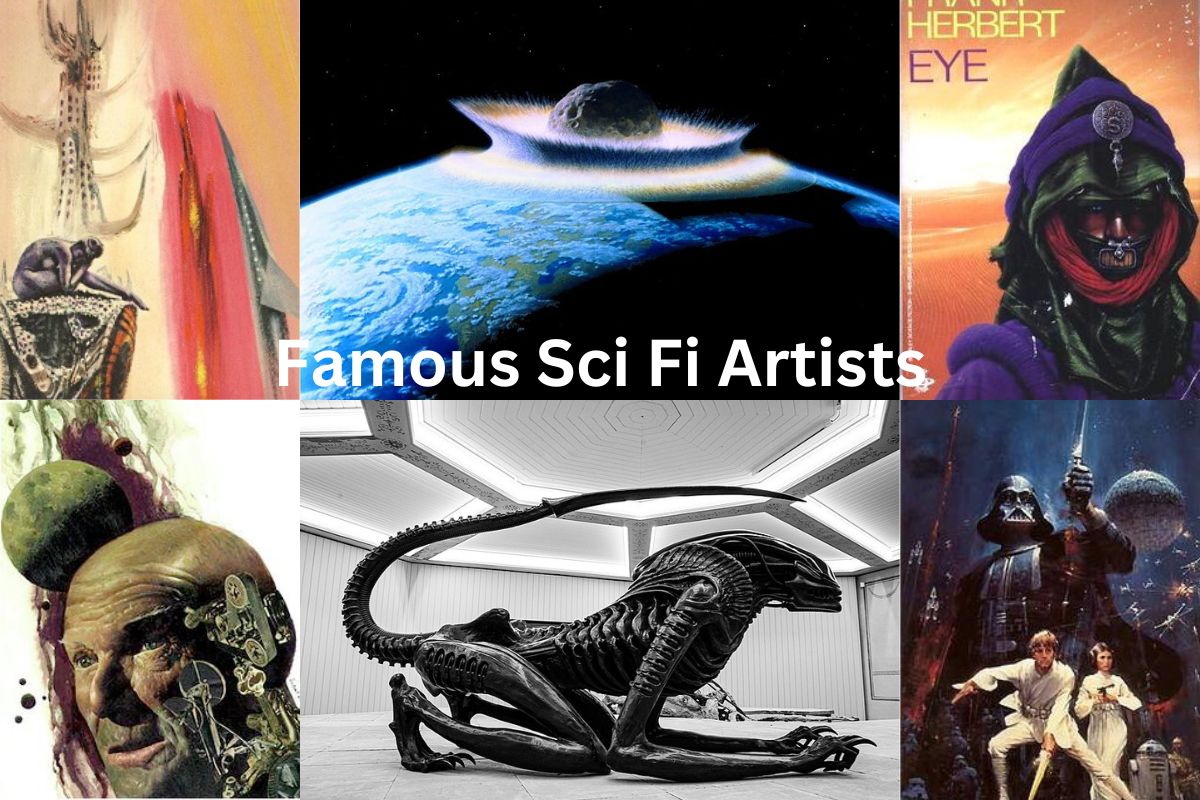Science fiction art is a type of illustration that contains themes such as the future, otherworldly, and fanciful. It frequently features future cities, spacecraft, and technology, as well as extraterrestrial worlds and monsters.
Several science fiction painters are noted for their inventive and intricate artwork, which has served to form and define the genre’s visual language.
Ralph McQuarrie, who developed the classic designs for the original “Star Wars” trilogy, and H.R. Giger, who designed the iconic creature in the film “Alien,” are two of the most famous science fiction artists.
Wayne Barlowe, Jim Burns, Chris Foss, Michael Whelan, Boris Vallejo, and many others are also prominent sci-fi artists.
These painters have had a significant impact on the realm of science fiction and fantasy art, inspiring both fans and fellow artists.
Their talents served to mold the genre and instill a feeling of wonder and excitement in audiences that continues to captivate them today.
Famous Sci Fi Artists
1. Vincent Di Fate
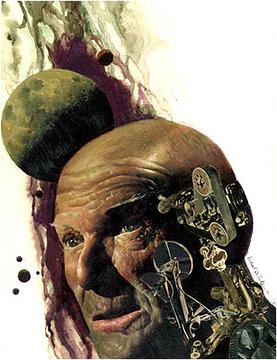
American science fiction artist Vincent Di Fate has been active in the field since the 1970s. He has worked on numerous projects, such as book covers, magazine illustrations, and movie posters. His clients include Ace Publications, Baen Books, Analog Science Fiction and Fact, and Lucasfilm, among others.
Di Fate is renowned for his rich and precise renderings of futuristic cities and landscapes, in addition to his creative spaceship and robotic creations. His works frequently emphasize a feeling of grandeur and scale, depicting imposing and terrifying enormous cities and towering architecture.
Many honors have been bestowed upon Di Fate’s work, including 10 Hugo Awards and three Chesley Awards. 2011 also saw his induction into the Science Fiction Hall of Fame.
In addition to being an artist, Di Fate is also a published author who has written several books on the history and techniques of science fiction painting. He is regarded as an expert in the field and has delivered numerous lectures on the subject at conferences and universities.
Vincent Di Fate’s contributions to science fiction art have inspired generations of artists and enthusiasts.
2. Wayne Barlowe
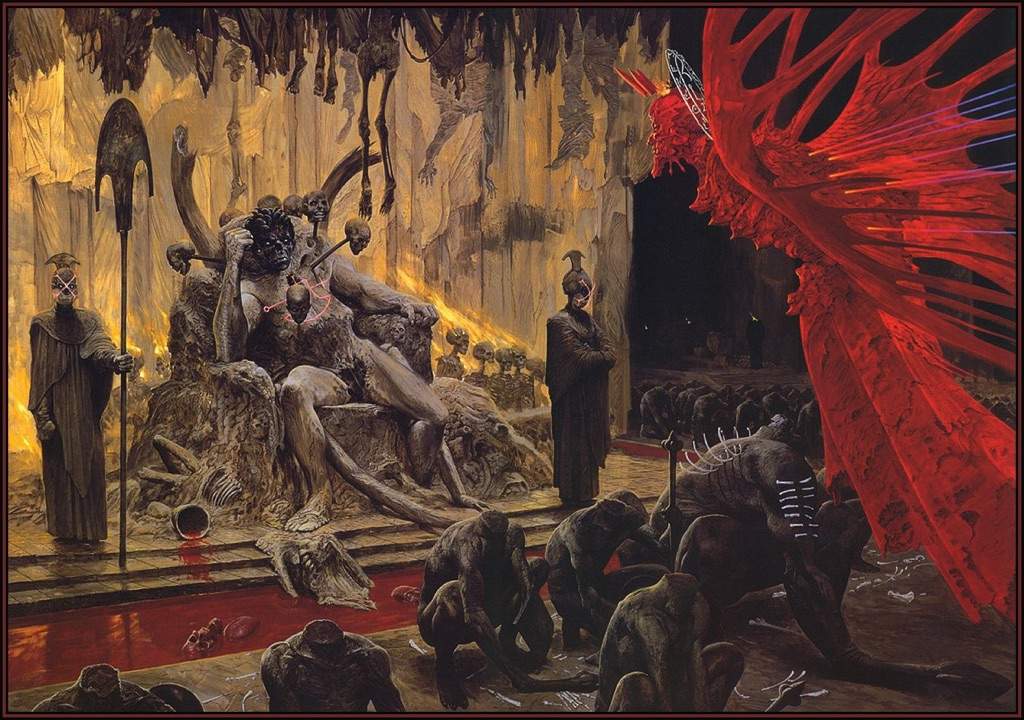
Wayne Barlowe is an American artist, writer, and concept designer who specializes in science fiction and fantasy. His vibrant and inventive paintings of strange worlds, creatures, and ecosystems have made him famous. His art has appeared in several books, periodicals, and films, notably the adaptation of the science fiction novel “Dune” for the big screen.
Barlowe is renowned for his ability to create genuine and immersive extraterrestrial environments in his artwork, which is frequently rich in detail and realism. His artwork has been featured in a number of books, including “Barlowe’s Guide to Extraterrestrials” and “Barlowe’s Inferno,” which contain images and descriptions of imaginary animals and places.
Barlowe has worked as a concept designer on a number of films and television shows, including “Avatar,” “Hellboy,” and “Pacific Rim.” He has also written other science fiction and fantasy novels, including “The Heart of Hell” and “God’s Demon.”
Also Read: Famous Fantasy Artists
Ultimately, Wayne Barlowe’s contributions to science fiction and fantasy art were crucial in creating the genre’s visual language, and his work continues to inspire and engage viewers today.
3. H.R. Giger
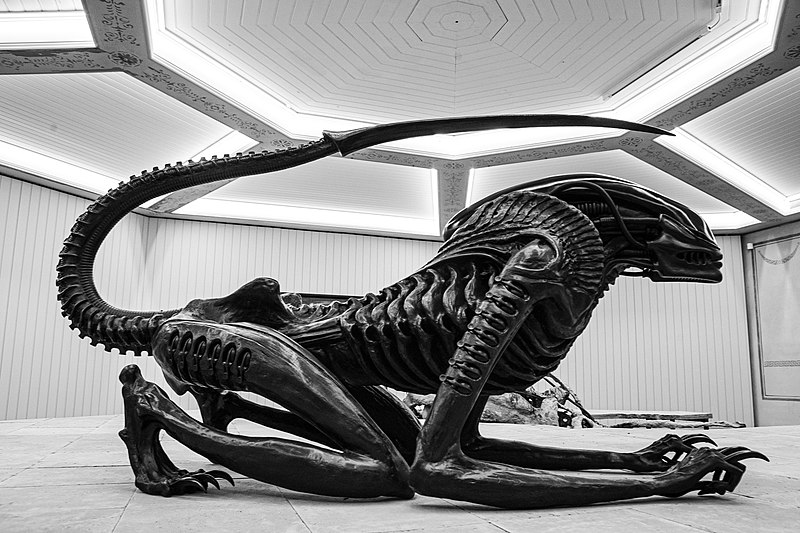
H.R. Giger was a Swiss artist well-known for his bizarre and frequently unsettling images, notably in the science fiction and horror genres. For the 1979 picture “Alien,” for which he built the famous creature and received an Academy Award for Outstanding Visual Effects, he is best known.
Giger’s work frequently incorporated biomechanical aspects, fusing organic and mechanical forms in a manner that was both frightening and hypnotic. In the realms of science fiction and horror, his distinctive look was instantly recognizable and impactful.
In addition to his work on “Alien,” Giger designed numerous film creatures and sets, notably those for “Poltergeist II” and “Species.” He also made countless paintings, sculptures, and furniture outside of the film industry.
Giger’s artwork has been displayed in museums and galleries all around the world, and he has received a number of honors for his contributions to the fields of science fiction and horror. Although he passed away in 2014, his influence on the genre is still felt today.
4. Jim Burns
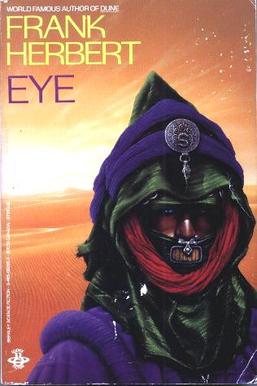
Jim Burns Jim Burns is a British artist who has worked in the field of science fiction since the 1970s. His paintings of futuristic cities, spaceships, and exotic landscapes are renowned for their realism and imagination.
Burns has illustrated the covers of numerous science fiction books, including works by Isaac Asimov, Frank Herbert, Arthur C. Clarke, and George R. R. Martin. In addition, he has worked as a concept artist on films including “Blade Runner” and “The Day the Earth Stood Still.”
In his portrayals of extraterrestrial worlds and technology, Burns’s artwork frequently possesses a powerful sense of atmosphere and mood, evoking amazement and wonder. He is known for his use of color and light to create images that capture the essence of science fiction and are vivid and unforgettable.
Burns’ contributions to science fiction art have earned him several accolades, including multiple Hugo Awards and Chesley Awards. In addition to being a Fellow of the International Association of Astronomical Artists, he has been the honored guest at a number of science fiction conferences.
Jim Burns’ contributions to science fiction art have shaped the field and inspired numerous artists and enthusiasts.
5. John Berkey
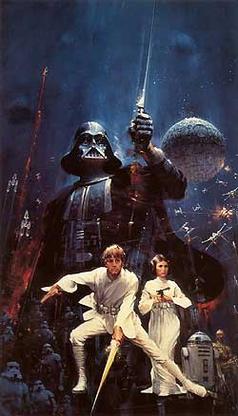
John Berkey was an American fantasy and science fiction artist recognized for his distinctive style. He created memorable illustrations for book covers, movie posters, and commercials during his four-decade career.
Frequently, the artwork of Berkey depicted expansive, dramatic landscapes as well as future spacecraft and technology. His ability to convey movement and motion in his artwork was unsurpassed in the area, producing a sense of vitality and excitement.
Berkey was renowned for his work on the covers of science fiction books, including works by Arthur C. Clarke and Robert A. Heinlein. In addition, he designed movie posters for blockbusters like “Star Wars” and “King Kong.”
In addition to his work as an artist, Berkey taught and mentored numerous budding artists. He was noted for his generosity and readiness to share his expertise and experience at the Art Center College of Design in Pasadena, California.
His contributions to science fiction and fantasy art continue to inspire and influence artists and enthusiasts despite his passing in 2008.
6. Chris Foss
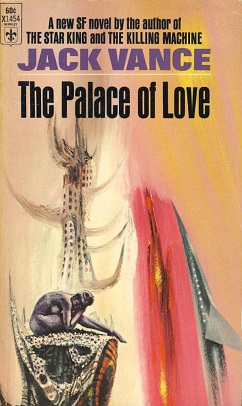
Chris Foss is widely acknowledged as one of the most significant figures in the world of science fiction art. In the 1960s, he began designing book jackets for science fiction authors such Isaac Asimov, Arthur C. Clarke, and E.E. “Doc” Smith.
The artwork of Foss is renowned for its vivid hues and innovative images of futuristic spaceships, towns, and landscapes. He has a knack for evoking a sense of grandeur and scale in his artwork, which frequently depicts enormous spaceships and towering skyscrapers.
The artwork of Foss has appeared in several books, publications, and films, notably the adaptation of Frank Herbert’s “Dune” Also, he has worked as a concept artist for a number of films, including “Alien,” “Superman,” and “Heavy Metal.”
In addition to his profession as an artist, Foss is also a published author who has written a number of books showing his artwork and detailing his creative process. His contributions to science fiction and fantasy art have earned him numerous honors, including the Hugo Award and the Chesley Prize.
Chris Foss’ contributions to science fiction and fantasy art have had a significant impact on the genre as a whole, and his work continues to inspire and enchant viewers today.
7. Michael Whelan
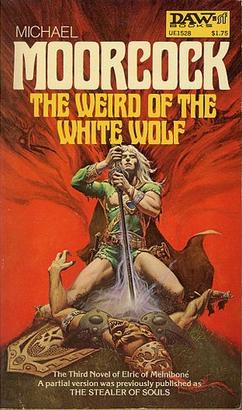
Michael Whelan is an American artist who is largely considered as one of the 20th century’s most influential science fiction and fantasy artists. In the 1970s, he began designing book covers for science fiction and fantasy authors including Isaac Asimov, Stephen King, and Anne McCaffrey.
Landscapes, creatures, and characters from fantasy and science fiction are shown in Whelan’s artwork in a vivid and detailed fashion. He has a knack for conveying a sense of magic and wonder in his artwork, which frequently depicts both beautiful and scary magical landscapes and monsters.
His artwork has earned him numerous accolades, including the Hugo Award and the World Fantasy Award. In addition, he has been awarded the Spectrum Grand Master Award and the Society of Illustrators‘ Gold Medal.
Whelan is also a writer and has authored a number of books, including “The Michael Whelan Art of Science Fiction” and “Beyond Science Fiction: The Alternative Reality of Michael Whelan.” In addition, he is inducted into the Science Fiction Hall of Fame.
Overall, Michael Whelan’s contributions to science fiction and fantasy art have had a significant impact, and his artwork continues to inspire and enchant viewers today.
8. Boris Vallejo
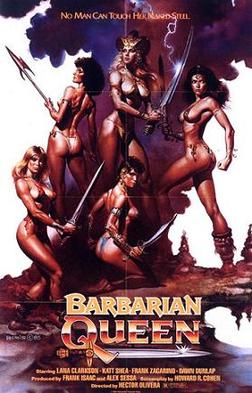
Boris Vallejo is a well-known American artist of Peruvian descent who specializes in science fiction and fantasy. In the 1970s, he began designing book jackets for science fiction and fantasy authors such Robert A. Heinlein and Edgar Rice Burroughs.
Vallejo is renowned for his sensual and frequently provocative representations of fantasy and science fiction characters, especially women. He has a knack for producing intricate and dynamic photos that reflect the essence of the genre, frequently depicting muscular heroes and voluptuous women.
Several books, magazines, and films have included Vallejo’s artwork, including the film adaption of “Heavy Metal.” In addition, he has worked as a concept artist on a number of films, including “National Lampoon’s Vacation” and “Barbarella.”
Vallejo is also a writer and has published a number of books, including “The Weird Art of Boris Vallejo” and “Enchantment.” His artwork has garnered numerous accolades, including the Hugo Award and the World Fantasy Award.
Overall, Boris Vallejo’s contributions to science fiction and fantasy art have had a significant impact, and his artwork continues to inspire and enchant viewers today.
9. Don Maitz
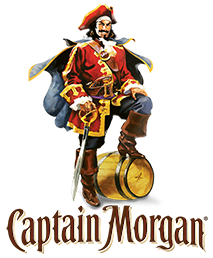
American artist Don Maitz is best recognized for his science fiction and fantasy works. In the 1970s, he began designing book covers for science fiction and fantasy authors including Ray Bradbury and Isaac Asimov.
The fantasy and science fiction figures and locations depicted in Maitz’s artwork are renowned for their realism and creativity. He has a knack for capturing the tone and ambiance of the genre, frequently employing striking and dynamic imagery to bring the viewer into his creations.
Maitz is perhaps most well-known for creating Captain Morgan, the mascot for the iconic rum company. In addition to Universal Studios and Disney, he has done artwork for a number of other commercial businesses.
Maitz is also a writer and has produced a number of books, including “Dreamquests: The Art of Don Maitz” and “First Maitz: Collected Works by Don Maitz.” His artwork has garnered numerous accolades, including the Hugo Award and the World Fantasy Award.
Overall, Don Maitz’s contributions to science fiction and fantasy art have had a significant impact, and his artwork continues to inspire and engage viewers today.
10. Ron Walotsky
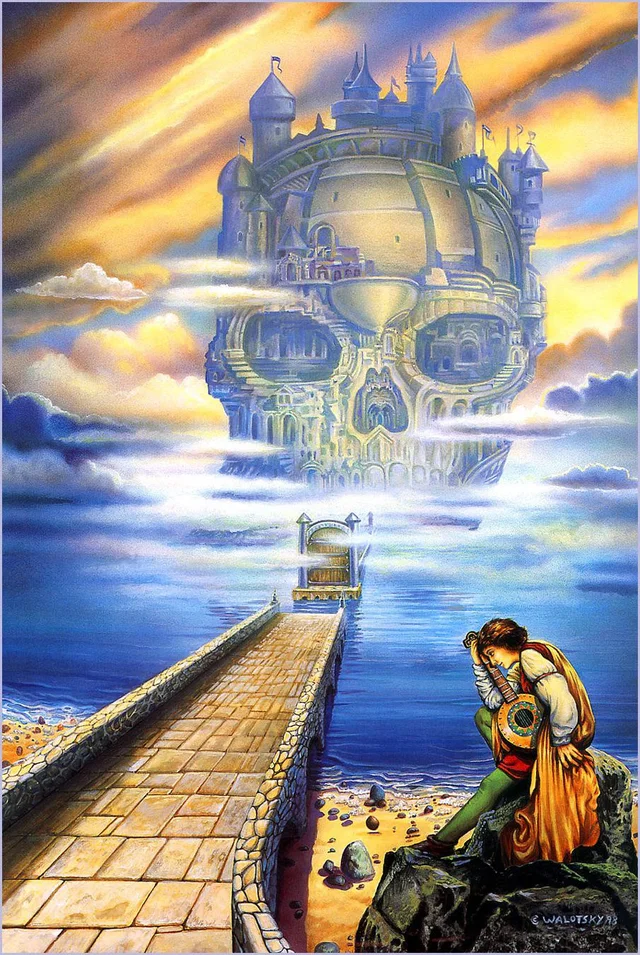
American artist Ron Walotsky worked in the genres of science fiction and fantasy. In the 1970s, he began designing book jackets for science fiction and fantasy authors, including Piers Anthony, Anne McCaffrey, and Andre Norton.
The artwork of Walotsky is renowned for its highly detailed and intricate style, which frequently depicts fantasy landscapes, creatures, and characters. He had a special gift for capturing the genre’s essence in photographs that were somber and gloomy.
In addition to being an artist, Walotsky was also a published author of numerous short tales and novels. Throughout his career, he was also a professor of art at many colleges and universities.
Walotsky received multiple accolades for his artwork, including the Hugo Award and the Chesley Award. Fans and other artists continue to honor and remember his contributions to the area of science fiction and fantasy art even after he passed away in 2002.
11. Ralph McQuarrie
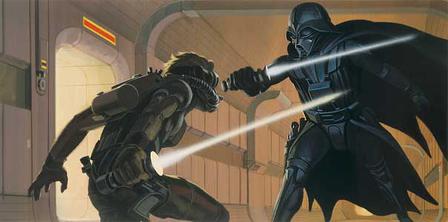
American artist and designer Ralph McQuarrie is most recognized for his contributions to the original “Star Wars” trilogy. He began his work as a technical artist for corporations such as Boeing and NASA, developing technical manuals and conceptual drawings.
McQuarrie’s breakthrough came in the 1970s, when George Lucas recruited him to develop concept drawings for the first “Star Wars” film. His artwork helped define the look and feel of the “Star Wars” universe, featuring classic designs such as the helmet of Darth Vader, the lightsaber, and the Millenium Falcon.
In addition to “Close Encounters of the Third Kind” and “Raiders of the Lost Ark,” McQuarrie worked on several more cinematic productions. He was renowned for his ability to bring imaginative and extraterrestrial creations to life, imbuing his artwork with a sense of awe and exhilaration.
McQuarrie provided artwork for various books, publications, and advertising in addition to his film work. His contributions to science fiction and fantasy art earned him numerous accolades, including the Hugo Award and the Saturn Award.
McQuarrie died in 2012, but his science fiction and fantasy art legacy continues to inspire and influence artists and enthusiasts.
12. Don Davis
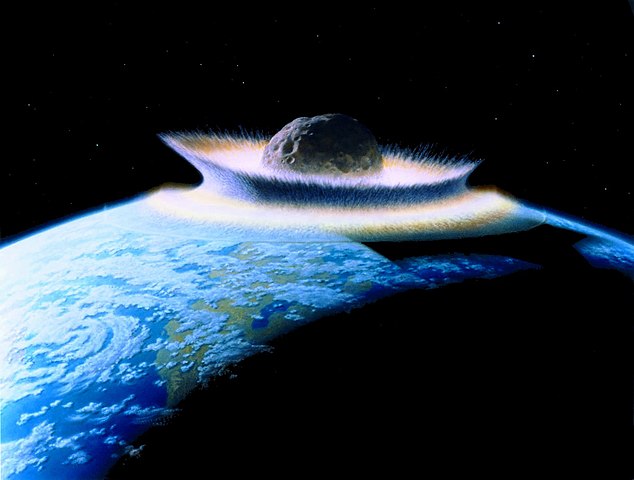
American artist Don Davis is renowned for his science fiction and fantasy artwork. In the 1970s, he began illustrating for science fiction and fantasy publications such as Analog and Asimov’s.
Future cities, landscapes, and technologies are intricately and intricately depicted in Davis’s artwork. He has the ability to convey a sense of scale and grandeur in his artwork, which frequently depicts enormous spaceships and towering skyscrapers.
Davis has designed artwork for the covers of various science fiction books, including works by Isaac Asimov and Arthur C. Clarke. In addition, he has worked as a concept artist on a number of films, including “The Matrix” and “Terminator.”
Davis is also an astrophysicist and has contributed to various NASA missions, including the Voyager spacecraft and the Hubble Space Telescope, in addition to his work as an artist. His contributions to science and science fiction have earned him numerous accolades, including the Hugo Award and the Chesley Prize.
Overall, Don Davis’ contributions to science fiction and fantasy art have had a significant impact, and his art continues to inspire and engage viewers today.
13. Syd Mead
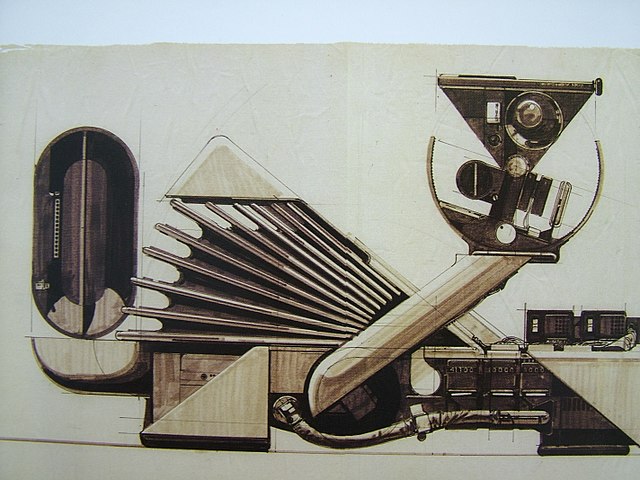
Syd Mead was widely considered as one of the most significant personalities in science fiction and fantasy art. He was an industrial designer and concept artist from the United States. In the 1960s, he began working for corporations such as Ford and Phillips.
The artwork of Mead is renowned for its inventive and meticulous portrayals of futuristic cities, cars, and technology. He possessed the ability to create visually spectacular and very inventive designs that stretched the genre’s boundaries.
Maybe Mead’s most well-known work is his designs for the 1982 film “Blade Runner.” He designed the famous visual aesthetic of the film, featuring the future metropolis and flying police cars. He worked on a number of more films, including “Tron” and “Aliens.”
Mead provided artwork for various books, publications, and ads in addition to his film work. He was renowned for his ability to combine elements of design and art to create useful and visually beautiful designs.
Mead received multiple accolades for his contributions to the fields of design and art, including the Royal Designer for Industry Award and the Visionary Award from the Visual Effects Society. Fans and other artists continue to honor and remember his contribution in the realm of science fiction and fantasy art and design after his passing in 2019.

